Weather:
- Ha Noi 29oC
- Da Nang 30oC
- Ho Chi Minh 30oC
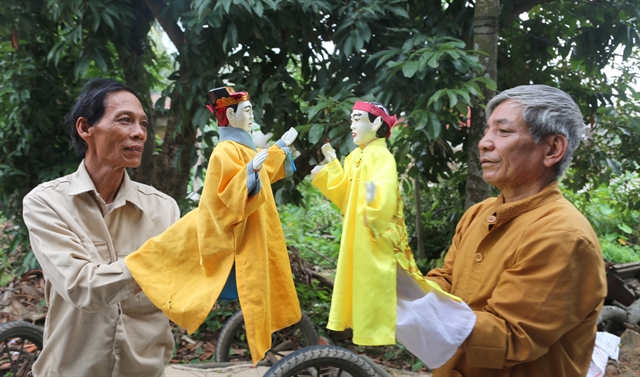
Minh Thu
Located in the northern port city of Hải Phòng, Bảo Hà Village in Vĩnh Hải Commune and Nhân Hoà Village in Vĩnh Hưng Commune are celebrated as two of the most significant cradles of Việt Nam’s traditional puppetry. According to Đỗ Văn Lâm, deputy chairman of the Vĩnh Hải Commune People's Committee [Administration], the art form was introduced to Bảo Hà around 700 years ago by a villager named Nguyễn Công Huệ. He travelled extensively and brought such crafts as statue carving, lacquerware making, and puppetry to the village.
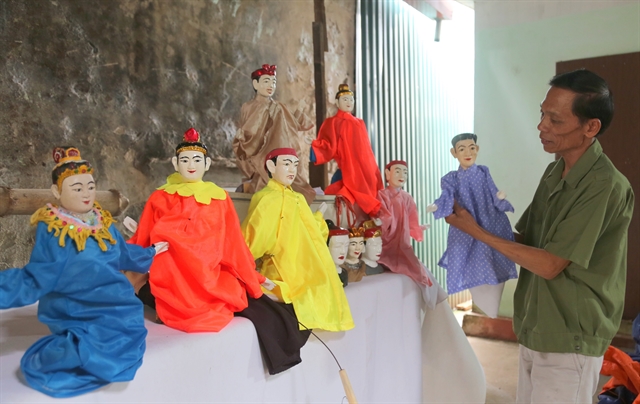
With this rich heritage, the art of puppetry has become an integral part of the local spiritual life and continues to be preserved to this day.
Many villagers have been exposed to the art form from a young age. According to local artisan Bùi Trọng Ngoan, who has pursued it since the age of 17, Bảo Hà puppets are incredibly unique. The puppeteers use only internal rods, with all mechanisms hidden within the puppets, for performance. This requires great skill and creativity, from crafting the puppets to performing with them.
Those who continue the art of puppetry in the village to this day still adhere to traditional methods, creating characters that resonate with the spiritual life of the Vietnamese people.

While Bảo Hà is renowned for rod puppetry, Nhân Hòa is famous for water puppetry, recognised as a national intangible cultural heritage in 2019. The art form has been preserved and passed down through generations of Nhân Hòa villagers, becoming a distinctive cultural product of the locality.
The local artisans, through direct apprenticeship, observe and use their refined imagination to generate ideas for new performances and plays. They sculpt puppets that are both beautiful and unique, meeting the requirements of the performance but still maintaining its folk colours.
The Nhân Hòa water puppetry troupe was established in 1978 and began teaching the art to the Hải Phòng Puppet Troupe in 1991. It became the 12th member of the Unima Vietnam Puppetry Association in 2000 and was supported with funding to build a water pool and train performers, musicians and puppet makers.
Both villages have collaborated with relevant agencies to promote puppetry as a unique tourism product, attracting thousands of visitors each year to explore and experience this rich cultural heritage.
Strong vitality
Not only home to two ancient puppet villages, Hải Phòng is also among few localities in Việt Nam that maintains a professional puppetry arts troupe that is now part of the Hải Phòng Traditional Theatre.
Artist La Viết Sinh, one of the first founders of the Hải Phòng Puppet Art Troupe, recalled that President Hồ Chí Minh was very concerned about the cultural wellbeing of children and directed the establishment of art troupes for youth.
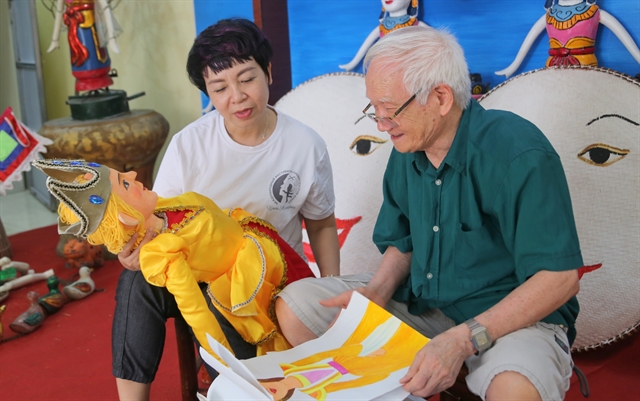
The Hải Phòng Puppet Art Troupe was among units established with such mission in 1968. Throughout its journey, the troupe has organised multiple programmes for the public, primarily targeting teenagers and children.
Their performances and initiatives have won numerous gold and silver medals at national and international puppet festivals. They have also increased their audiences in recent years, following the trend of integration and economic development, to include an international audience.
Sinh said one of his most unforgettable memories was when the troupe performed in the United States. As the music played and the puppets appeared on the water, many overseas Vietnamese audiences cried upon hearing the sounds and seeing the familiar images of their homeland.
“The performance was a testament to the idea that no matter where we go, our national culture remains the lifeblood in the hearts of every Vietnamese,” he said.
One of the reasons for the strong vitality of Hải Phòng’s traditional puppetry in these years is the presence of young artists dedicated to the art troupes. One of them is 28-year-old La Quang Vũ from Hải Phòng Traditional Theatre.
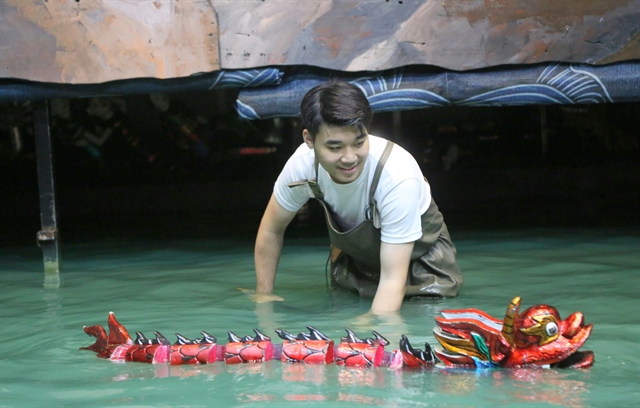
Born into a family in which both parents are involved in the art form, Vũ decided to follow in his parents’ footsteps after graduating from university.
Vũ said the puppeteers had to face many challenges, particularly the physical demands of controlling puppets both in water and on land.
When he played the character of the cricket in the puppet show Dế Mèn Phiêu Lưu Ký (The Adventures of the Cricket), the puppet’s large size made it difficult for him to move when stepping down from heights, and he had even fallen at times.
“But my motivation to overcome came from the applause of the young audience and the bright smiles of the children who rushed to me after the performance ended,” he said.
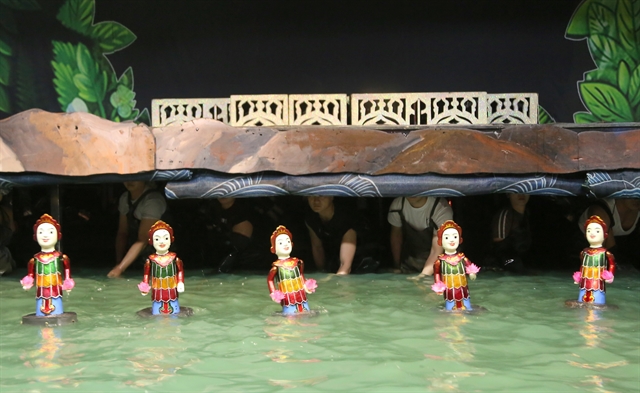
According to Trần Thị Hoàng Mai, director of the Hải Phòng Department of Culture, Sports and Tourism, alongside economic development and improving the material wellbeing of citizens, the city has consistently invested in cultural development to enhance the spiritual life of the citizens through specific and practical policies in recent years.
The city is now home to 12 national intangible cultural heritages, including traditional puppetry. The values of local intangible cultural heritages have been recognised, preserved and promoted in daily life.
“Puppetry is one of the invaluable spiritual heritages that our ancestors have cultivated over generations. These traditional artistic values are distinctive characteristics of Hải Phòng while integrating with the world in the new era of the nation,” Mai said. VNS


